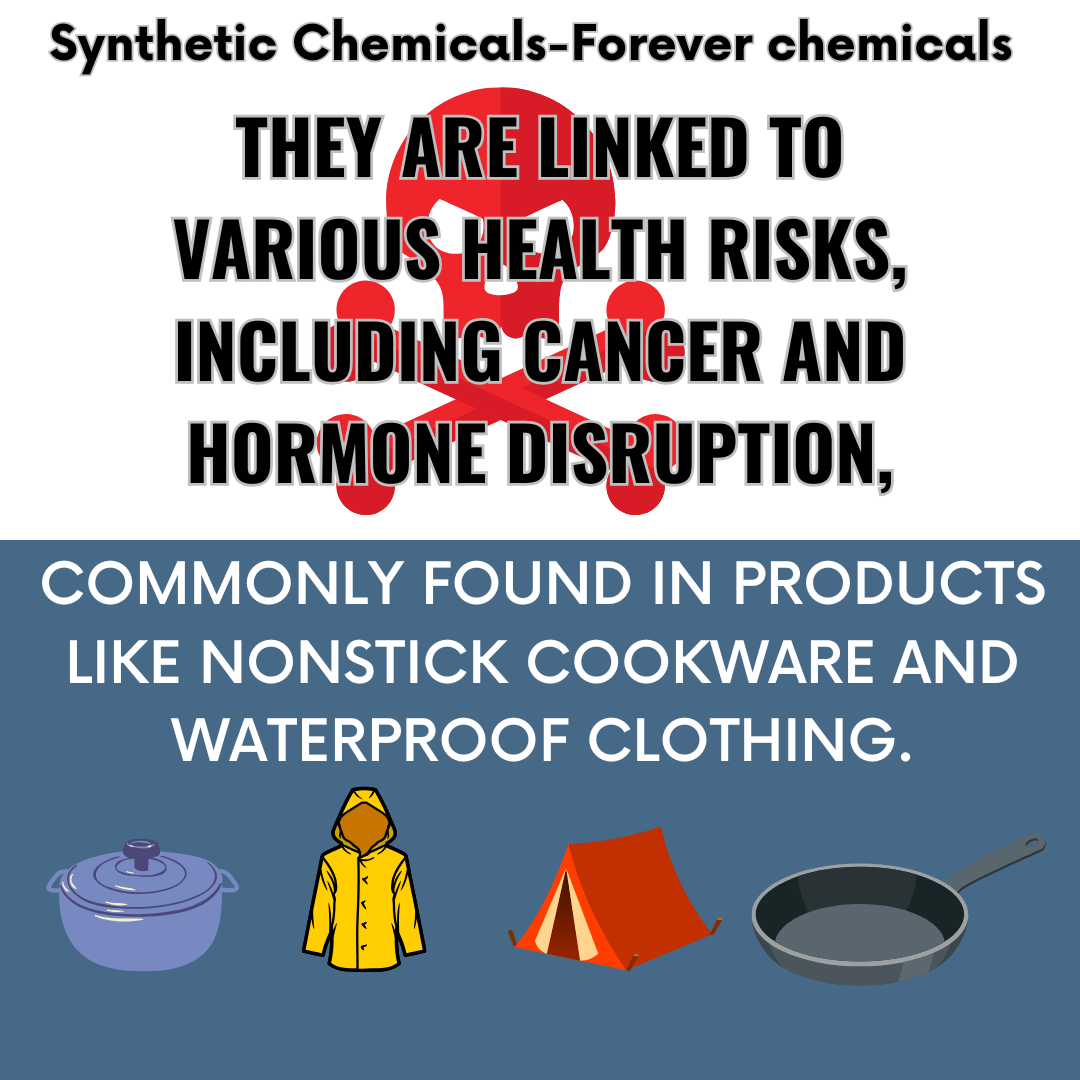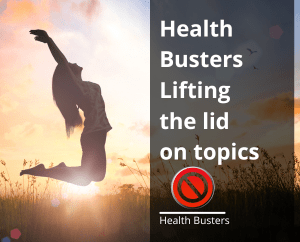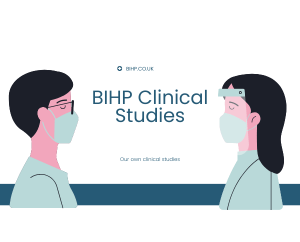Synthetic Chemicals-Forever chemicals
Synthetic Chemicals-Forever chemicals, an in-depth exploration of and their effects on health and the environment reveals a complex relationship between modern innovation and ecological sustainability.
Recent research shows that over 80% of urban waterways contain residues of these compounds—a statistic that underscores the urgency for change.
This article presents actionable insights and examines both environmental and human health implications while suggesting pathways to a safer future.
Understanding Synthetic chemicals
Synthetic Chemicals-Forever chemicals emerged during the industrial revolution to meet the growing demands of technology and consumer needs.
Initially celebrated for enhancing production efficiency and reducing costs, these substances now require a closer look regarding their long-term effects.
Extensive studies have established that many industrial compounds persist in natural habitats, accumulating in water, soil, and even living tissues.
Consequently, understanding their origins and applications is essential for evaluating associated risks.
Modern industries continue to rely on these substances, yet the environmental legacy remains a cause for concern, by critically analysing product formulations and manufacturing practices, a clearer picture of exposure sources is obtained.
Many products incorporate Synthetic chemicals in everyday items such as cleaning agents, cosmetics, and food packaging, although they offer benefits, the persistence of these compounds demands careful management and regulatory oversight.
https://www.ifm.org/articles/forever-chemicals-clinical-interventions
Environmental Risks of Synthetic chemicals
Ecosystems worldwide are increasingly vulnerable to the effects of industrial discharge and chemical runoff, recent reports indicate that contamination levels have surged by as much as 40% over the past decade.
Rivers, lakes, and forests now face degradation due to these persistent pollutants, which disrupt the natural balance of flora and fauna.
Aquatic life, in particular, suffers when water quality deteriorates, fish populations decline and insect communities struggle to thrive in habitats compromised by toxic residues.
Soil fertility in agricultural areas is affected, with harmful substances reducing crop yields and undermining food quality.
Mitigation efforts in various regions include community-driven clean-up projects, improved water treatment systems, and the enforcement of stricter waste management policies, these measures help restore ecological harmony and protect natural resources.
Collaborative initiatives between local authorities and environmental organisations have led to the implementation of innovative recycling programmes and sustainable farming practices.
Such programmes aim to reduce the overall chemical load in the environment and promote the use of safer alternatives. Consequently, addressing these environmental risks requires both policy reform and grassroots action.
Health Risks from Exposure
The human impact of exposure to Synthetic Chemicals-Forever chemicals cannot be underestimated, scientific studies have linked prolonged contact with industrial compounds to respiratory issues, hormonal imbalances, and other chronic health problems.
For example, research has demonstrated that airborne pollutants from household products can irritate the lungs, while chemical residues in food and water may contribute to long-term illnesses.
Multiple pathways of exposure exist, inhalation of vapours, ingestion of contaminated water, and direct skin contact with certain substances all contribute to the overall risk profile.
Health professionals recommend regular medical check-ups and vigilance regarding product labelling to minimise exposure.
Increased public awareness about the potential dangers encourages communities to advocate for safer practices in manufacturing and product formulation.
Preventive measures such as using eco-friendly household items and supporting companies with transparent ingredient disclosures have proven effective.
Additionally, educational campaigns in schools and community centres play a vital role in disseminating knowledge about chemical safety.
By prioritising informed decision-making, individuals and families can help mitigate the adverse health effects associated with these compounds.
Taking Action for a Safer Future
Effective change begins with practical, everyday choices. A shift towards products formulated with natural ingredients and labelled with clear, accessible information is critical.
Consumers now have the opportunity to influence market trends by opting for eco-friendly alternatives.
This approach not only enhances personal wellbeing but also drives demand for safer industrial practices.
Supporting ethical businesses that prioritise environmental responsibility creates a ripple effect throughout the supply chain, many companies are now investing in cleaner production methods and committing to sustainability initiatives.
Such commitments often lead to innovations that reduce the environmental footprint of their products. In turn, these efforts help to lower the levels of hazardous compounds released into the environment.
Practical steps can be taken at the community level, participation in local recycling drives, support for water treatment upgrades, and involvement in sustainability projects all contribute to reducing chemical waste.
Coordinated action between citizens, local government, and industry stakeholders ensures that efforts to minimise exposure have a lasting impact.
Impacts of Synthetic chemicals on Daily Life
The omnipresence of Synthetic Chemicals-Forever chemicals in modern products raises questions about the trade-offs between convenience and safety. While these compounds enhance performance and extend product life, their hidden costs are increasingly coming to light.
Everyday items—from cleaning supplies to cosmetics—may contain ingredients that, over time, compromise both environmental integrity and human health.
Transparency in product labelling has become a key demand among consumers, regulatory bodies now encourage manufacturers to disclose complete ingredient lists.
This shift towards openness helps to inform better purchasing decisions and fosters trust between businesses and their customers.
As awareness grows, many industries are re-evaluating their reliance on potentially hazardous substances.
Continuous innovation in product design is essential for reducing reliance on risky compounds, technological advancements in green chemistry have led to the development of safer alternatives that do not compromise on efficacy.
As these alternatives become more widely available, the need for harmful Synthetic chemicals may eventually decline. In this context, balancing technological progress with ecological stewardship is imperative.
Moving Forward with Confidence
Progress and sustainability are not mutually exclusive. By embracing modern scientific research and supporting environmental initiatives, industries and consumers can work together to forge a better future.
Current efforts to develop improved filtration systems and renewable energy sources demonstrate the potential for innovation to reduce chemical waste.
Stricter regulatory measures, combined with community advocacy, are paving the way for safer production practices.
Public policy continues to evolve, with governments around the world implementing new regulations that address industrial contamination.
These changes are crucial for safeguarding both public health and the environment. Collaborative research projects and international partnerships further enhance efforts to monitor and control chemical exposure.
The integration of science, policy, and community engagement represents a holistic approach to managing the challenges posed by Synthetic chemicals.
Every action, whether at the individual, corporate, or governmental level, contributes to a collective movement towards a cleaner, healthier planet.
By remaining informed and proactive, communities can drive the change necessary to balance industrial progress with environmental preservation.
Conclusion
In summary, the exploration of Synthetic Chemicals-Forever chemicals reveals significant risks to both the environment and human health.
Detailed insights into their origins, applications, and potential hazards underscore the importance of informed consumer choices and robust regulatory frameworks.
Actionable steps—such as opting for eco-friendly products, supporting ethical companies, and advocating for stronger environmental policies—are essential in mitigating these risks.
The journey towards sustainability is a shared responsibility, as research advances and innovation continues, the goal of reducing chemical exposure becomes increasingly attainable.
Embracing transparency, adopting safer alternatives, and fostering community engagement will ensure that progress does not come at the expense of ecological balance.
Through collective effort, the challenges posed by Synthetic chemicals can be met head-on, paving the way for a future where modern living and environmental health coexist harmoniously.
Every small decision contributes to a larger impact, by prioritising safety and sustainability, society can make significant strides in protecting both public health and the natural world.
Let this exploration serve as a catalyst for change, inspiring a commitment to ongoing learning and proactive environmental stewardship.
We hope you found this article interesting and made you aware of what is contained in widely used household products and items we use on a daily basis.
Here are some more articles you may well find of interest.






